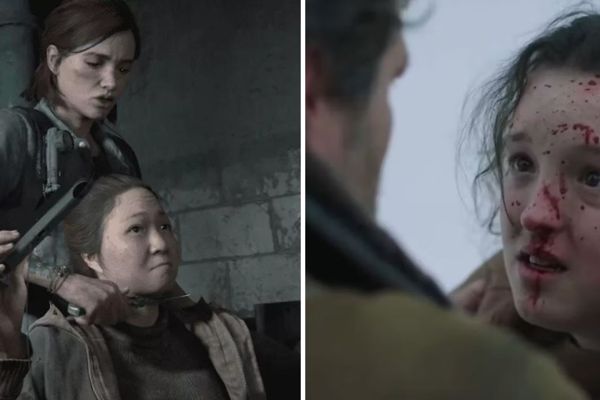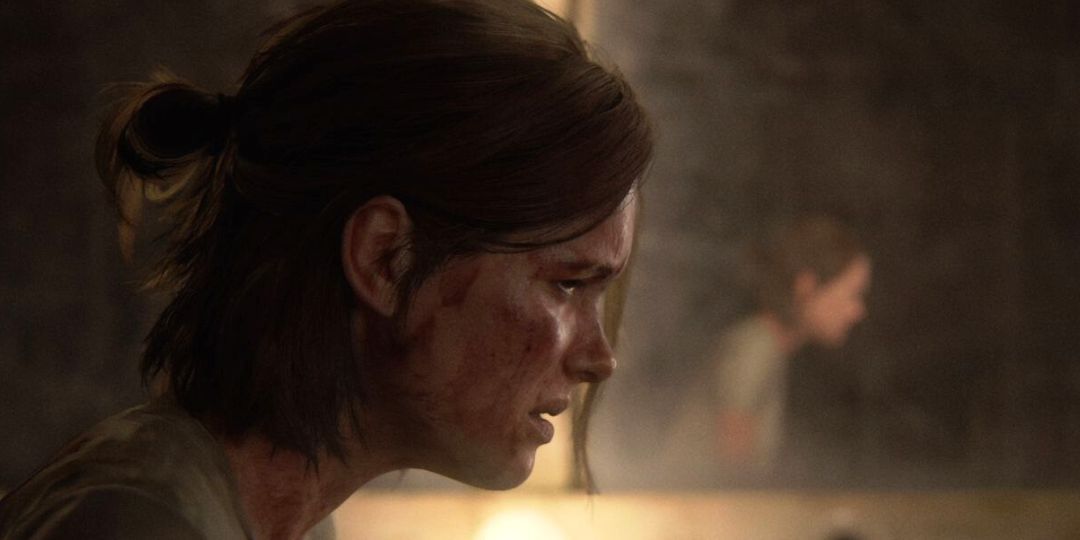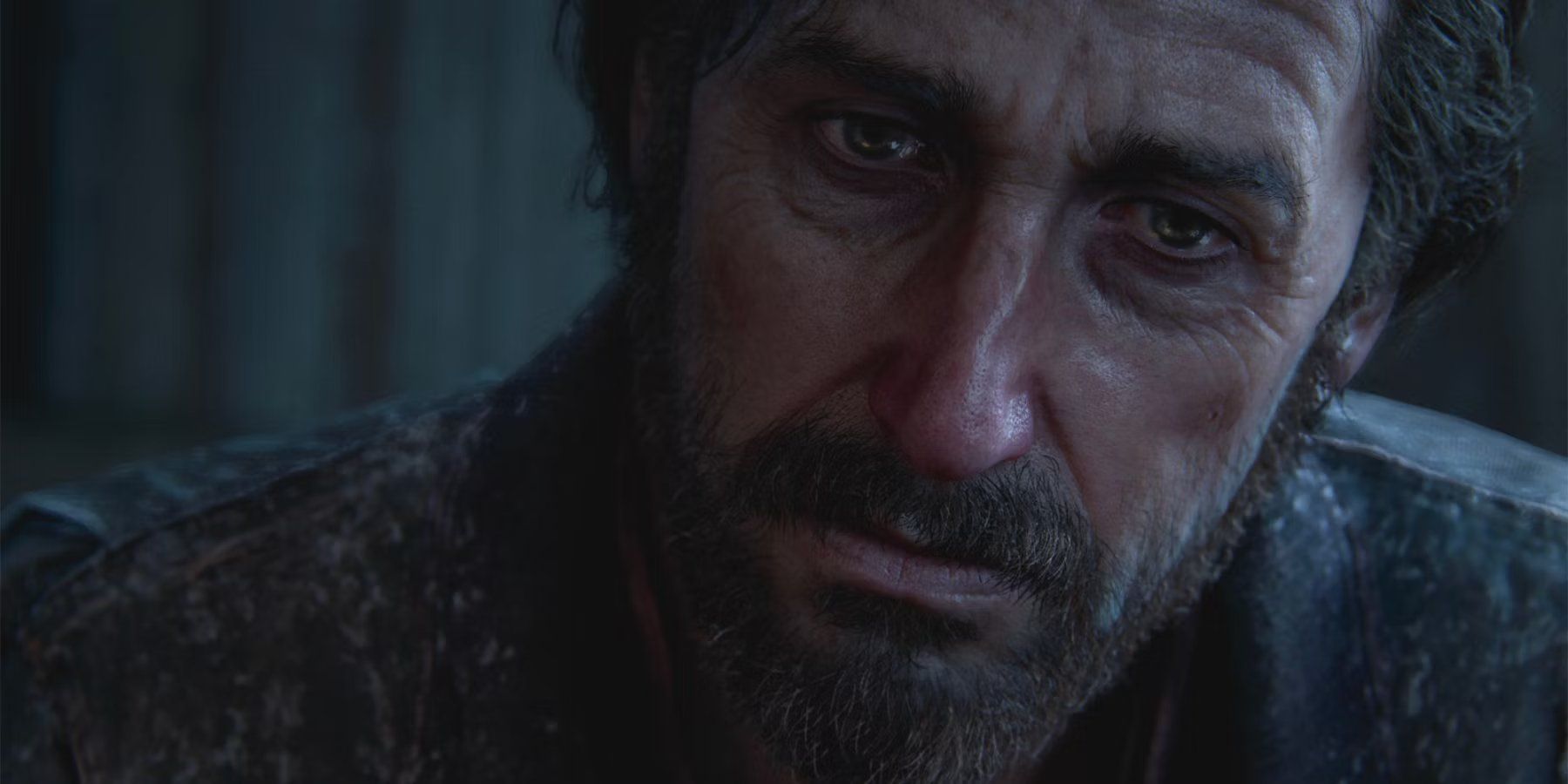
Ellie's Journey Takes a Dark Turn in HBO's The Last of Us Season 2

HBO's The Last of Us brilliantly sets the stage for Ellie's journey in Part 2 by carefully crafting her character and hinting at the violence to come Fans can expect a deep and emotional exploration of Ellie's story as she navigates a post-apocalyptic world in search of redemption
HBO's adaptation of The Last of Us was a resounding success, both critically and commercially. While not without flaws, it is widely regarded as the best video game adaptation in recent memory. With season 2 confirmed, the series faces the daunting task of bringing The Last of Us Part 2 to the small screen, while avoiding the controversy that surrounded the game's release. One of the show's strengths was its ability to expand upon the original game's story, such as providing a romantic and tragic backstory for Bill and Frank, and giving new perspective to Henry and Sam's escape with the introduction of Kathleen and her group, who overthrew FEDRA. Most notably, the show deftly set up Ellie's transformation into a more violent character in Part 2, which will hopefully make her arc more palatable to fans of the series.
Ellie’s Violent Moments Set Her Up for Season 2
Many fans expressed disappointment with the direction Ellie's character took in The Last of Us Part 2, as she transformed into a ruthless killer much like Joel in the first game. This change was seen as a significant departure from her portrayal in the original entry. However, given the brutal and perilous nature of the post-apocalyptic world, it is difficult to envision any other response from someone who had gone through the same trauma as Ellie.
Despite this, HBO's The Last of Us deliberately included subtle hints of Ellie's violent tendencies as early as episode three. In this episode, she came across an infected creature trapped in a convenience store basement. Instead of immediately killing it or calling for help, she observed it for a while before cutting it open with her knife, watching it bleed.
In the eighth episode of the series, Ellie finds herself captured by David and his group of cannibals. Fearing for her life, she manages to escape and engages in a brutal fight with David, ultimately stabbing him repeatedly. This scene highlights Ellie's capacity for brutality, even exceeding what was shown in the game. Additionally, the show portrays the extent of Ellie's trauma and emotional damage more explicitly than in the game. While there is a moment of respite when she discovers a group of escaped giraffes, Ellie never fully recovers her childlike joy. In contrast to the game, where she eventually returns to her usual self, the show depicts Ellie struggling to cope with the aftermath of the traumatic events she has experienced.
The show had an advantage over the game in terms of logistics. Unlike the game, which was originally intended to be a standalone without any sequels, the show was developed with a clear understanding of the entire story, allowing for better foreshadowing of Ellie's future. Furthermore, the game had to include filler conversations between Joel and Ellie during exploration, while the show could skip over these and jump straight to the hospital scenes. Season two of the show may or may not face the same backlash as The Last of Us Part 2, but the creators have the advantage of knowing how fans responded to the game. HBO has already hinted at Ellie's future and made Joel a bit more vulnerable, so the hope is that the twists in season two will be better received by the audience.
The Last of Us Part 1 is available on PC and PS5.














